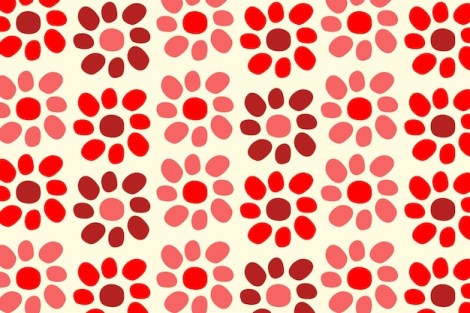10 Fascinating Facts About Yayoi Kusama

Yayoi Kusama is a renowned Japanese artist known for her vibrant and avant-garde works.
Kusama was born on March 22, 1929, in Matsumoto, Nagano Prefecture, Japan.
She is famous for her use of polka dots and infinity mirrors in her installations and artwork.
Kusama has been creating art since childhood and has continued to pursue her passion throughout her life.
Her artwork often reflects her own struggles with mental health and her desire to create infinite and immersive experiences for viewers.
Kusama lived in New York City during the 1960s and was an active participant in the avant-garde art scene.
She was a contemporary of artists like Andy Warhol and Claes Oldenburg, and her work often explored similar themes of consumerism and the cult of celebrity.
Kusama’s Infinity Nets series, consisting of repetitive and obsessive patterns of tiny loops, gained her international recognition.
She established herself as a performance artist, organizing various happenings and events, often in public spaces.
Kusama’s art challenges traditional artistic boundaries and often blurs the line between art and everyday life.
One of her most famous installations, Infinity Mirrors, allows viewers to experience a sense of endlessness by immersing themselves in mirrored rooms filled with colorful objects.
Kusama has a phobia of sex and often incorporates sexual imagery into her artwork as a way to confront and overcome her fears.
10 Fascinating Facts About Yayoi Kusama part 2
She voluntarily resides in a psychiatric institution in Tokyo and continues to create art from her studio there.
Kusama’s work has been exhibited in prestigious galleries and museums around the world, including the Museum of Modern Art in New York and Tate Modern in London.
She has received numerous awards and accolades for her contributions to contemporary art.
Kusama’s artwork often evokes a sense of childlike wonder and playfulness, with the use of bright colors and whimsical elements.
Many of her paintings feature pumpkins, which she views as a symbol of prosperity and good luck.
Kusama is known for her distinctive personal style, often seen wearing flamboyant and brightly colored outfits.
Her art has been described as both psychedelic and minimalist, combining the two aesthetics in a unique and powerful way.
Kusama’s work appeals to a wide range of audiences, from art enthusiasts to the general public, due to its accessibility and universal themes.
Despite facing numerous challenges in her life, Kusama continues to create art as a form of self-expression and therapy.
She has published several autobiography books, sharing her personal struggles and experiences with mental health.
Kusama’s artwork has become highly sought after by collectors and can command significant prices at auctions.
She has collaborated with various fashion brands and designers, including Louis Vuitton and Marc Jacobs, bringing her distinctive style to clothing and accessories.
Kusama’s installations often include elements of repetition, reflecting her obsession with patterns and infinity.
Many of her installations are interactive, inviting viewers to touch and engage with the artwork.
Kusama’s artwork has inspired a wide range of other artists and creative individuals, influencing the contemporary art scene.
She has been an advocate for social and political causes, using her artwork to bring attention to issues such as nuclear disarmament and women’s rights.
Kusama’s art has been described as both calming and overwhelming, creating a sensory experience for viewers.
She has been referred to as the Princess of Polka Dots due to her extensive use of the pattern in her artwork.
Kusama’s infinity mirror rooms have become highly Instagrammable spaces, attracting visitors and social media influencers alike.
Her artwork often explores themes of identity and self-obliteration, reflecting her own struggles with self-image and mental health.
Kusama’s art has transcended cultural boundaries, resonating with audiences around the world.
She is often referred to as one of the most prominent female artists of our time, breaking barriers and paving the way for future generations.
Kusama’s artwork has been featured in numerous films and documentaries, further cementing her status as an iconic artist.
She has been a pioneer for the Japanese art scene, bringing international attention to the country’s contemporary artists.
Kusama’s art installations have been known to create long queues and waiting times, as viewers eagerly anticipate the immersive experience.
She continues to innovate and push boundaries in her artwork, exploring new mediums and techniques.
Kusama’s artwork has been used as inspiration for various forms of merchandise, including clothing, accessories, and home decor.
Her unique perspective on art and life has made her a cultural icon and an inspiration for many.
Kusama’s artistic vision is deeply rooted in her personal experiences and struggles, making her art authentic and powerful.
She often works across different artistic mediums, including painting, sculpture, installation, and performance art.
Kusama’s artwork has been described as both avant-garde and timeless, transcending traditional categorizations.
She has a dedicated following of fans and supporters who are captivated by her art and its transformative power.
Kusama’s legacy as an influential artist will continue to inspire generations to come, leaving a lasting impact on the art world.

